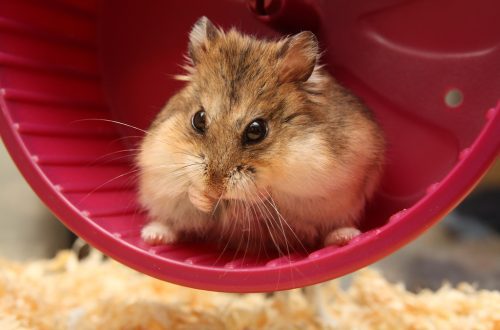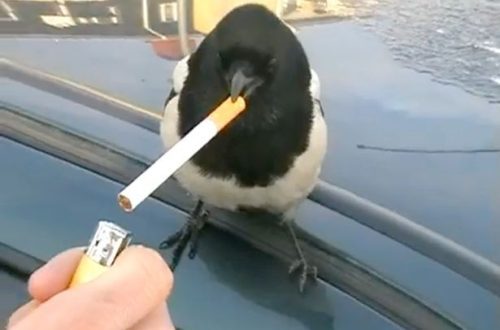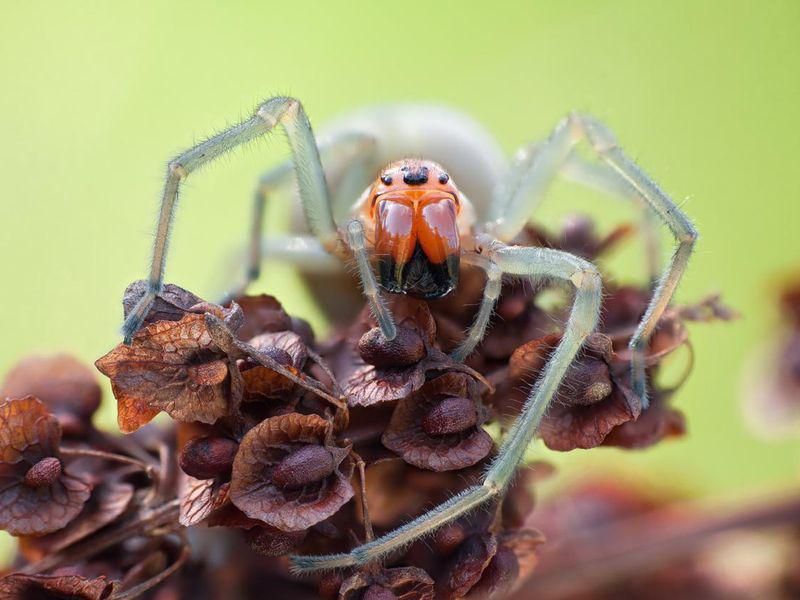
សត្វពីងពាងដ៏គួរឱ្យភ័យខ្លាចបំផុតចំនួន 10 នៅលើពិភពលោក: រូបរាងរបស់ពួកគេនឹងធ្វើឱ្យនរណាម្នាក់ភ័យខ្លាច
It’s no secret that many people are afraid of spiders. And in most cases, this fear is irrational, that is, it is not related to the fact that certain types of arachnids can really cause serious harm to a person. Usually, we are terribly afraid of the appearance of these creatures. However, the real danger is not always hidden behind the sinister appearance.
Some of the “terrible” at first glance spiders are quite harmless (at least for people). Although there are among them such specimens that can seriously harm a person with their bite, up to death.
We present you the 10 most terrible spiders in the world: photos of creepy arthropods, whose appearance is truly frightening.
មាតិកា
10 false black widow
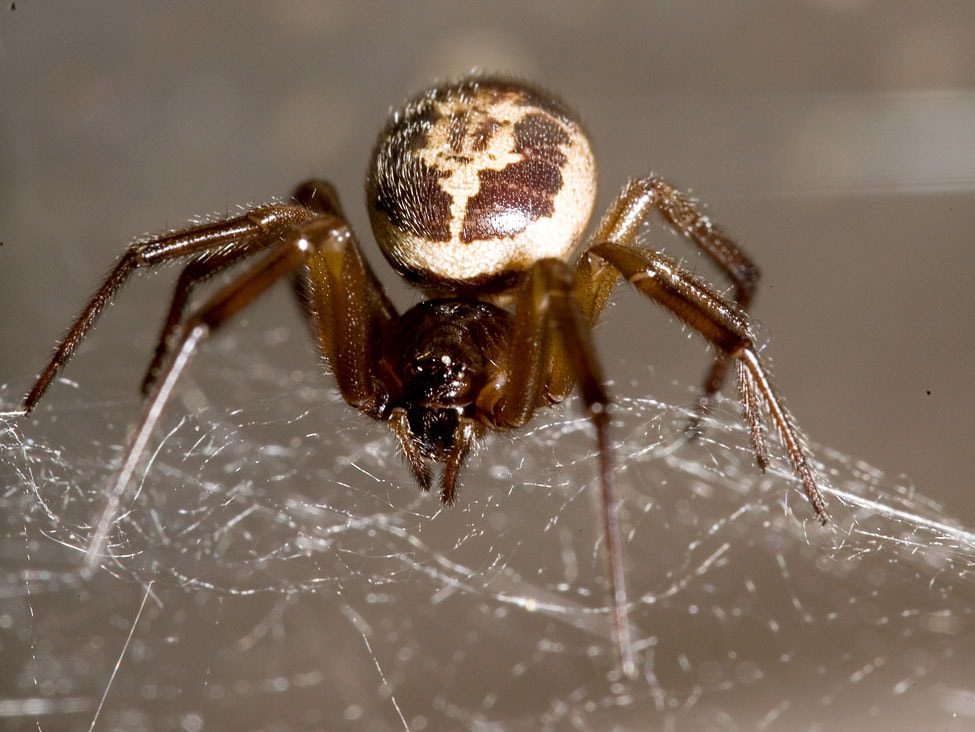 false black widow – a spider of the genus steatoda, known in England as “noble false black widow“. As its common name suggests, this spider is confused with the Black Widow of the genus Latrodectus and other venomous spiders of the genus, as it looks very similar to them.
false black widow – a spider of the genus steatoda, known in England as “noble false black widow“. As its common name suggests, this spider is confused with the Black Widow of the genus Latrodectus and other venomous spiders of the genus, as it looks very similar to them.
Steatoda Nobilis originally from the Canary Islands. He arrived in England around 1870 on bananas that were shipped to Torquay. In England, this spider is considered one of the few native species capable of inflicting a painful bite. More recently, a clinical case of his bite in Chile was published.
9. Frin’s bug-footed spider
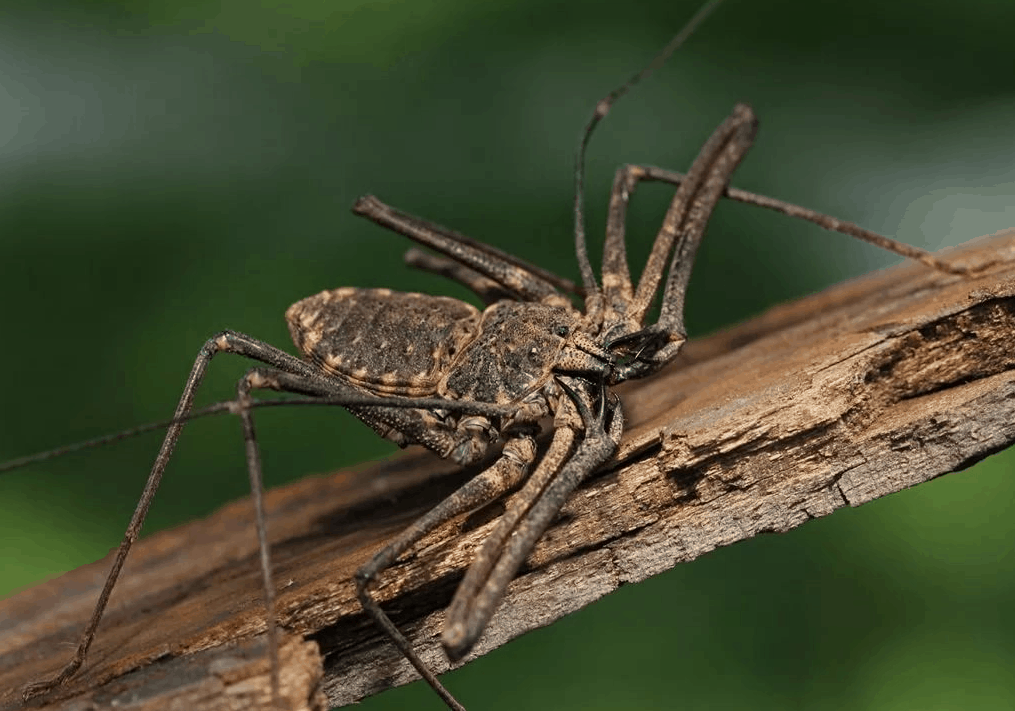 Interestingly, for some time, scientists were afraid to even examine the specimens of these spiders brought to Europe, as they were very frightened by their sinister appearance.
Interestingly, for some time, scientists were afraid to even examine the specimens of these spiders brought to Europe, as they were very frightened by their sinister appearance.
One of the first researchers who studied Phrynes claimed that these spiders can inflict severe injuries on humans with their pedipalps, and this can even be fatal.
However, over time, it turned out that all this is just prejudice and Phryne’s whip-legged spiders completely harmless. They do not know how to bite or cannot harm a person in any way. In addition, they are not poisonous, and their formidable pedipalps are used only to capture and hold small prey.
8. Spider Redback
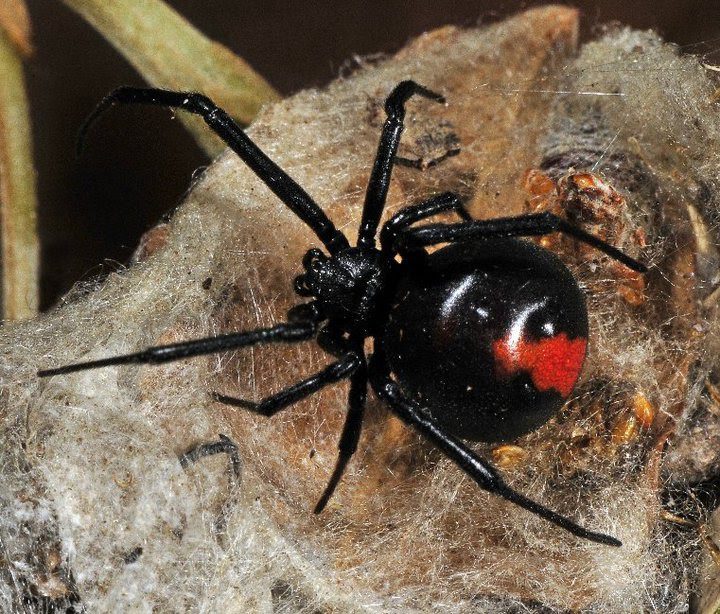 Spider Redback (tetranychus urticae) is one of many types of mites that feed on plants and are usually found in dry conditions. It is a member of the Tetraniquidos or Tetranychidae family. The mites of this family are capable of weaving webs, which is why they are often confused with spiders.
Spider Redback (tetranychus urticae) is one of many types of mites that feed on plants and are usually found in dry conditions. It is a member of the Tetraniquidos or Tetranychidae family. The mites of this family are capable of weaving webs, which is why they are often confused with spiders.
7. Sydney leucoweb spider
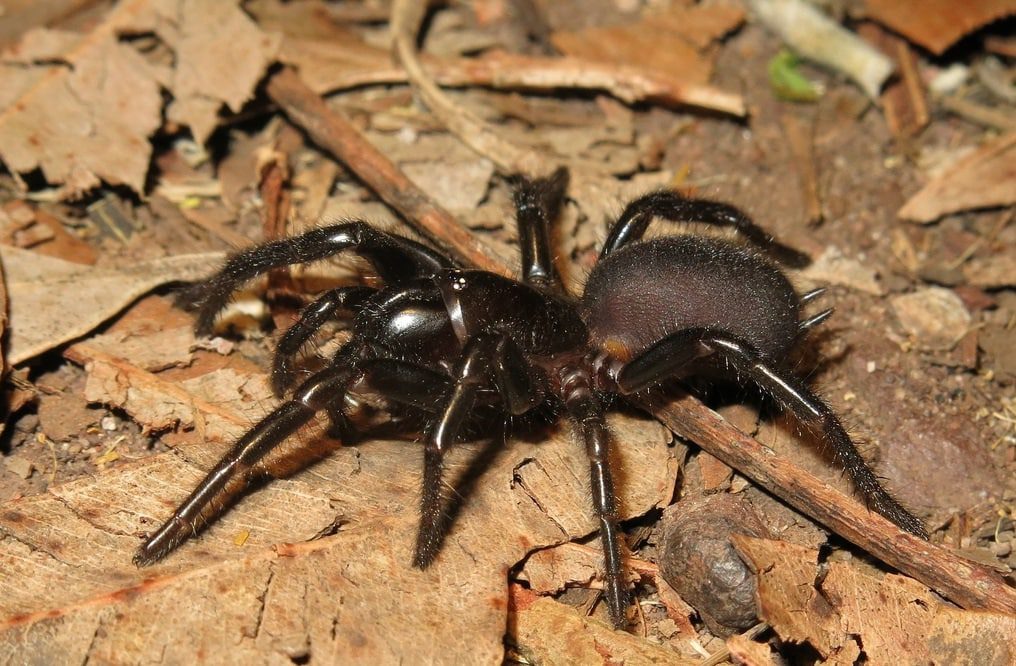 Sydney Leukopaustin Spider is a species of venomous mygalomorph spider native to eastern Australia, usually found within a 100 km (62 mi) radius of Sydney. It is a member of a group of spiders known as Australian funnel webs. Its bite can cause serious illness or death in people if they do not receive medical attention in time.
Sydney Leukopaustin Spider is a species of venomous mygalomorph spider native to eastern Australia, usually found within a 100 km (62 mi) radius of Sydney. It is a member of a group of spiders known as Australian funnel webs. Its bite can cause serious illness or death in people if they do not receive medical attention in time.
6. ស៊ីក្លូកូស
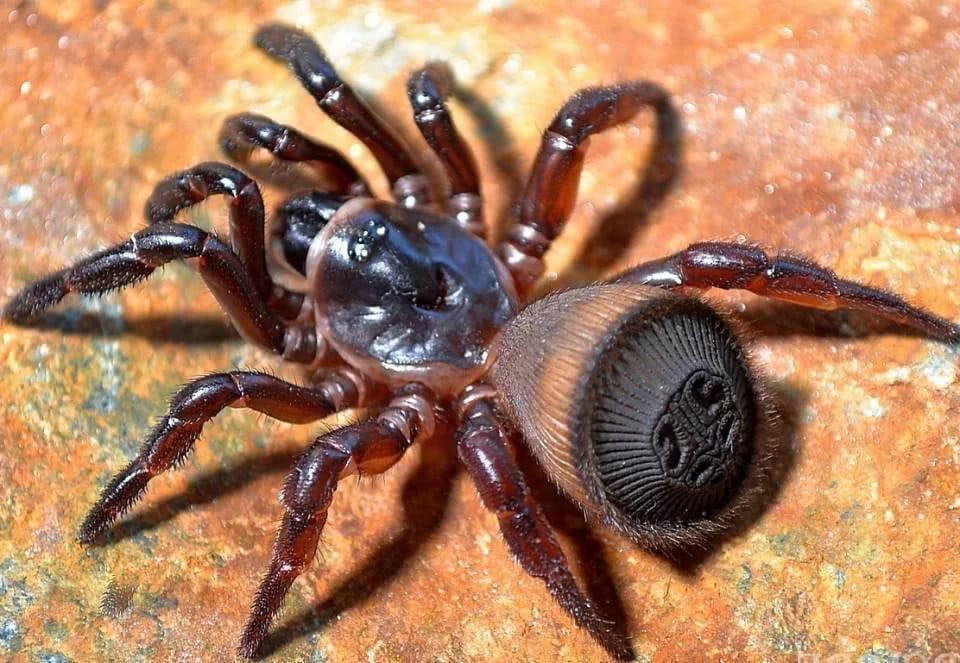 ស៊ីក្លូកូស is a genus of mygalomorph spiders of the Ctenizidae family. They were first found in North America, Central America, East Asia and Southeast Asia.
ស៊ីក្លូកូស is a genus of mygalomorph spiders of the Ctenizidae family. They were first found in North America, Central America, East Asia and Southeast Asia.
The belly of these spiders is cut off and ends abruptly in a hardened disk that has been reinforced with a system of ribs and grooves. They use a similar body structure to prevent entry into their 7-15 cm vertical burrow when they are threatened by opponents. Strong spines are located along the edge of the disc.
5. Linotele fallax
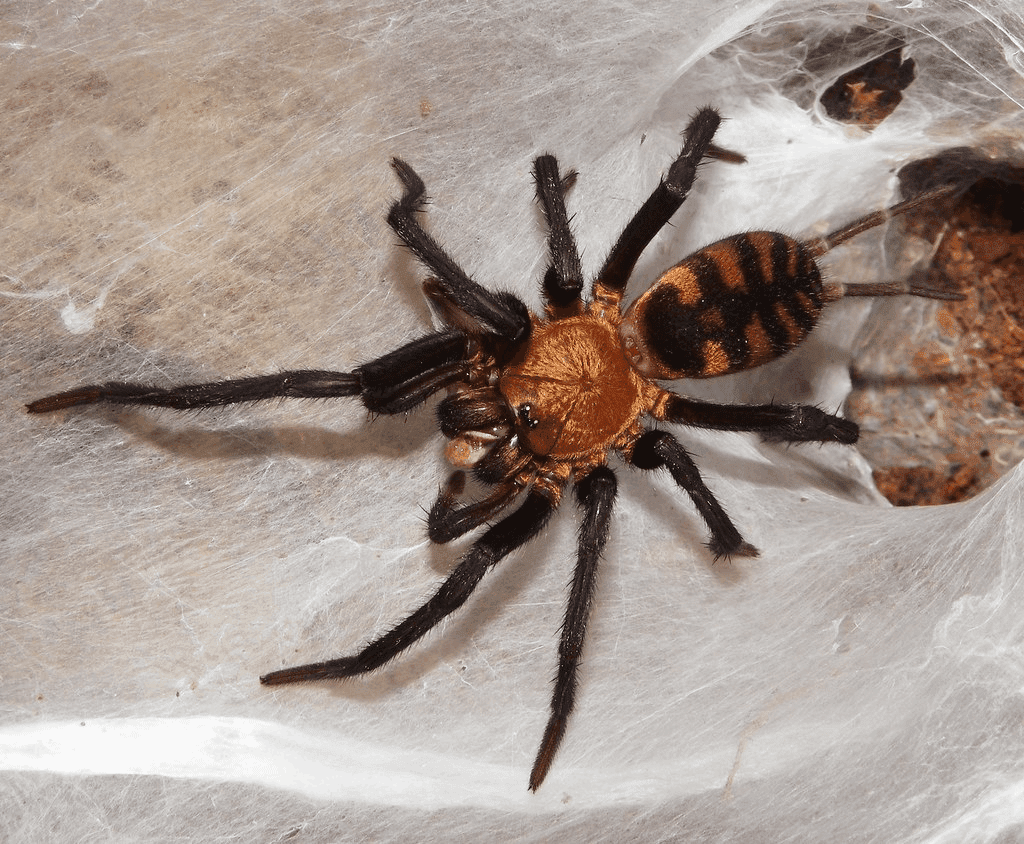 Linotele fallax is a mygalomorph spider of the Dipluridae family. He lives in South America. The color of both males and females is golden. The opisthosoma is orange with red lines. This is a rather large spider: the females of this species reach about 12 or 13 cm, while the males are slightly smaller.
Linotele fallax is a mygalomorph spider of the Dipluridae family. He lives in South America. The color of both males and females is golden. The opisthosoma is orange with red lines. This is a rather large spider: the females of this species reach about 12 or 13 cm, while the males are slightly smaller.
Life expectancy of the species: 4 or 5 years maximum, while males die about six months after reaching sexual maturity.
They have single-jointed helicers and are usually endowed with venom glands. Pedipalps are like legs, but do not rest on the ground. In some species, they serve males to court females and as a hitching device. At the end of the opistome are rows that push out the web produced by the internal glands.
4. Yellow sac spider
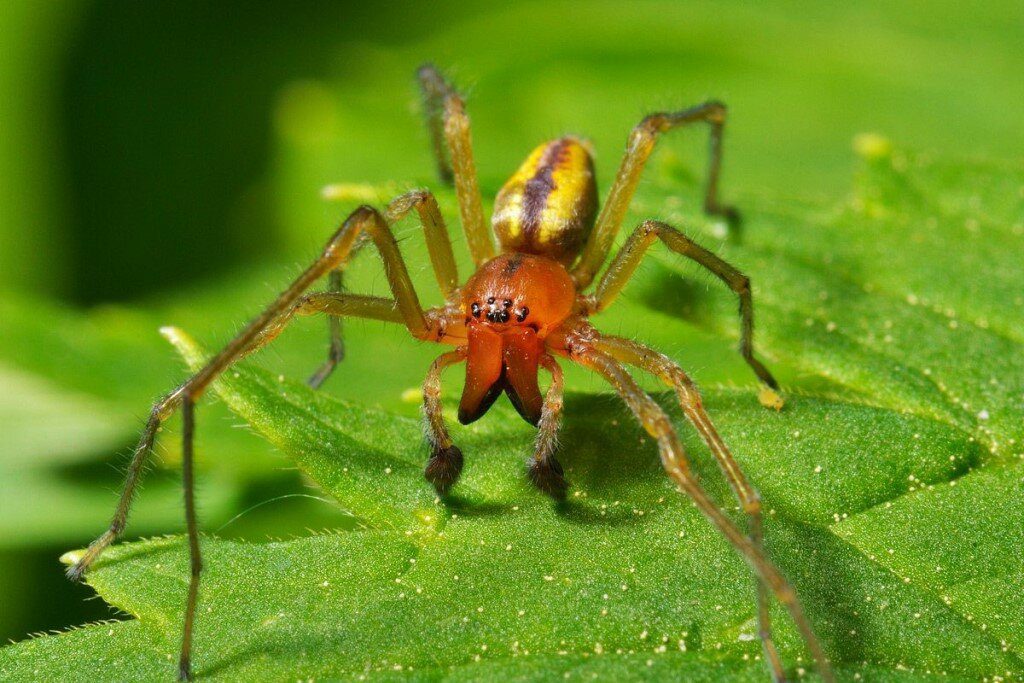 With ten millimeters in length Yellow sac spider is relatively small. The yellow sac spider has dark parts of the mouth, as well as a stripe that runs from the side under the belly. The forelegs are longer than the other three pairs of legs.
With ten millimeters in length Yellow sac spider is relatively small. The yellow sac spider has dark parts of the mouth, as well as a stripe that runs from the side under the belly. The forelegs are longer than the other three pairs of legs.
The yellow sac spider is often confused with other species and is easy to miss altogether. During the day it is inside a flattened silk tube. During the warm season, this spider tends to reside in gardens, leaf piles, timber and wood piles. In autumn they migrate to living quarters.
The population increases significantly in autumn, which may not please the owners of the house in which he settled. This arachnid moves fast. It consumes small insects and arthropods as food, as well as other spiders. This type of spider is known for feeding on spiders larger than itself and may eat its own eggs.
The yellow sack spider was probably the one that caused the most bites in humans compared to other spiders. The bite of these spiders is very harmful. They usually bite people in the summer. They can easily attack: they crawl on people’s skin unnoticed and bite them without any provocation. Fortunately, most bites are relatively painless and do not lead to serious illness.
3. Six-eyed sand spider
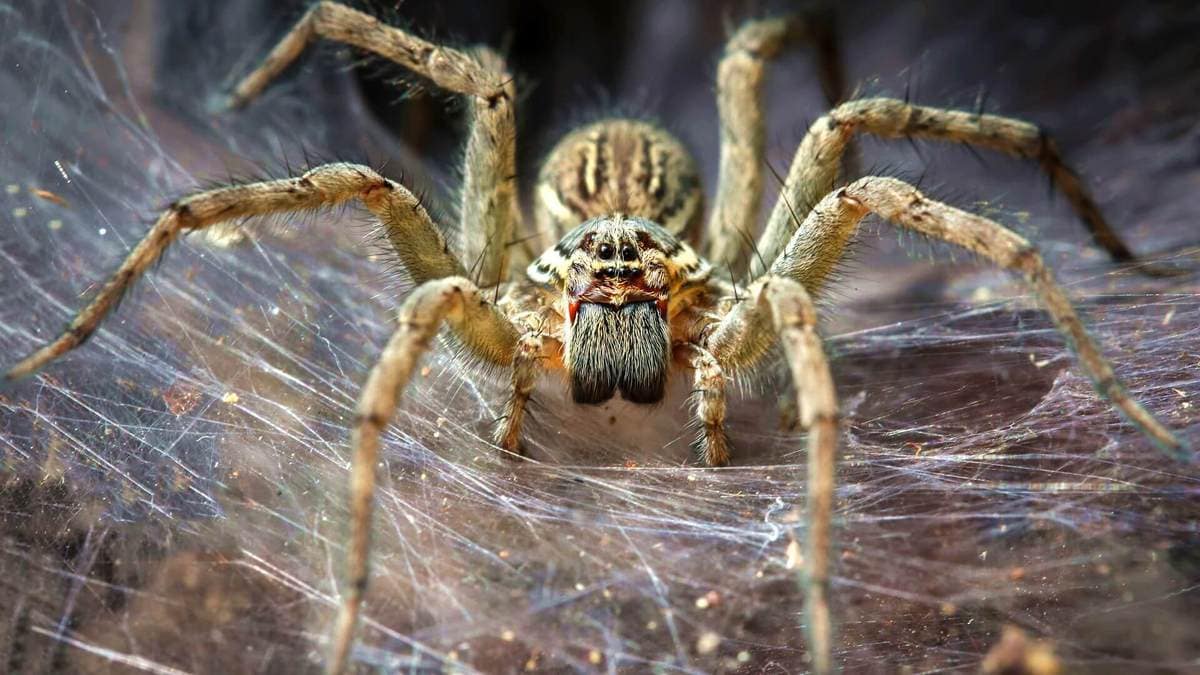 Six-eyed sand spider (ស៊ីសៀរី) is a medium-sized spider found in the desert and other sandy areas of South Africa. It is a member of the Sicariidae family. Its close relatives can be found in both Africa and South America. Due to its flattened position, it is also known as the 6-eyed spider.
Six-eyed sand spider (ស៊ីសៀរី) is a medium-sized spider found in the desert and other sandy areas of South Africa. It is a member of the Sicariidae family. Its close relatives can be found in both Africa and South America. Due to its flattened position, it is also known as the 6-eyed spider.
Being harmless spiders (despite their intimidating appearance), it is very difficult to find data on the poisoning of people who met with him.
2. funnel spider
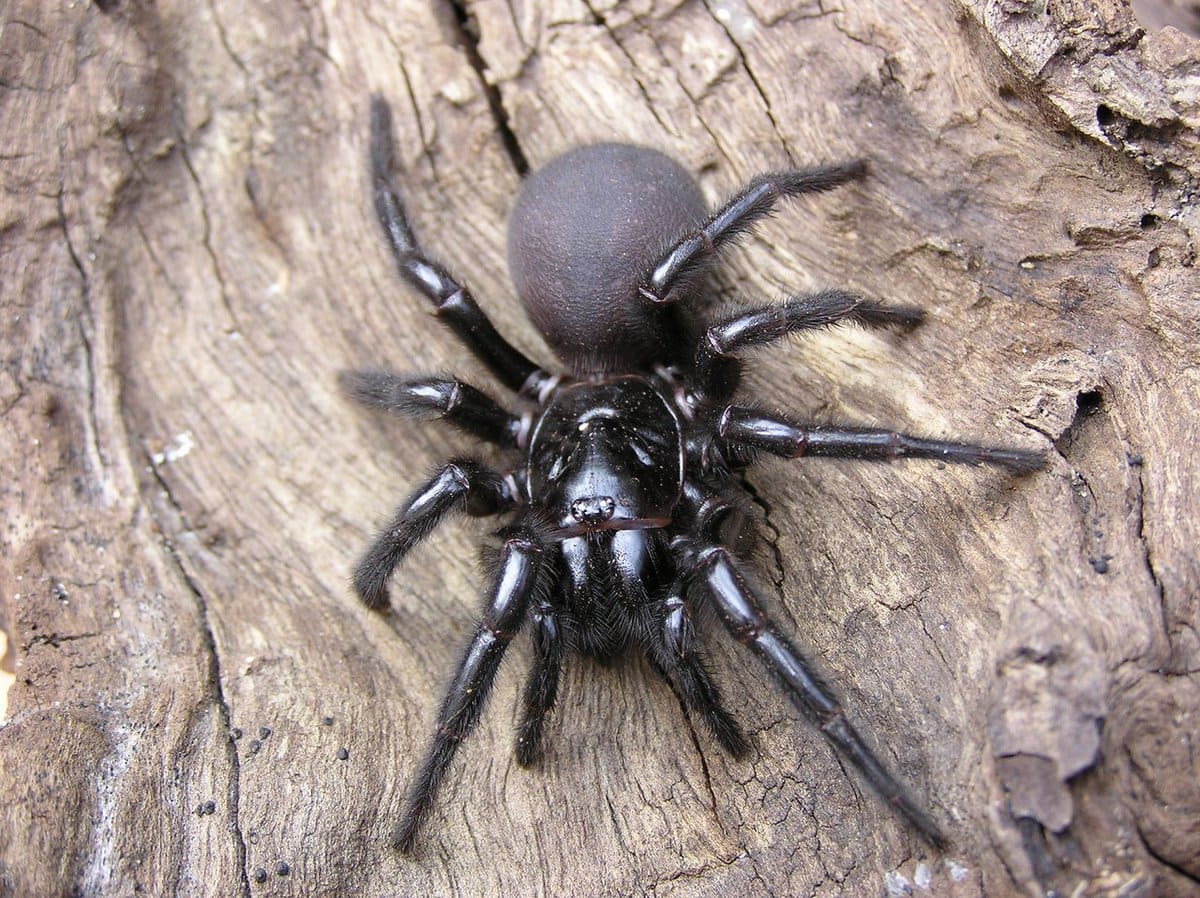 funnel spider (a strong man) is a mygalomorph spider of the family Hexathelidae. It is a poisonous species native to eastern Australia. He is also known as sydney spider (or wrong as Sydney tarantula).
funnel spider (a strong man) is a mygalomorph spider of the family Hexathelidae. It is a poisonous species native to eastern Australia. He is also known as sydney spider (or wrong as Sydney tarantula).
It used to be classified as a member of the Dipluridae family, although it has recently been included in the Hexathelidae. The male reaches up to 4,8 cm; no exceptional specimens up to 7,0 cm were found. The female is from 6 to 7 cm. Its color is blue-black or bright brown with velvety hairs in the opisthosoma (abdominal cavity). They have bright, sturdy legs, a row of teeth along the canine groove, and another row in their claws. The male is small, thin, with longer legs.
Atrax venom contains a large number of different toxins, summarized under the name atracotoxins (ACTX). The first toxin to be isolated from this spider was -ACTX. This toxin causes symptoms of poisoning in monkeys similar to those observed in cases of human bites, so ACTX is considered a poison dangerous to humans.
1. brown widow
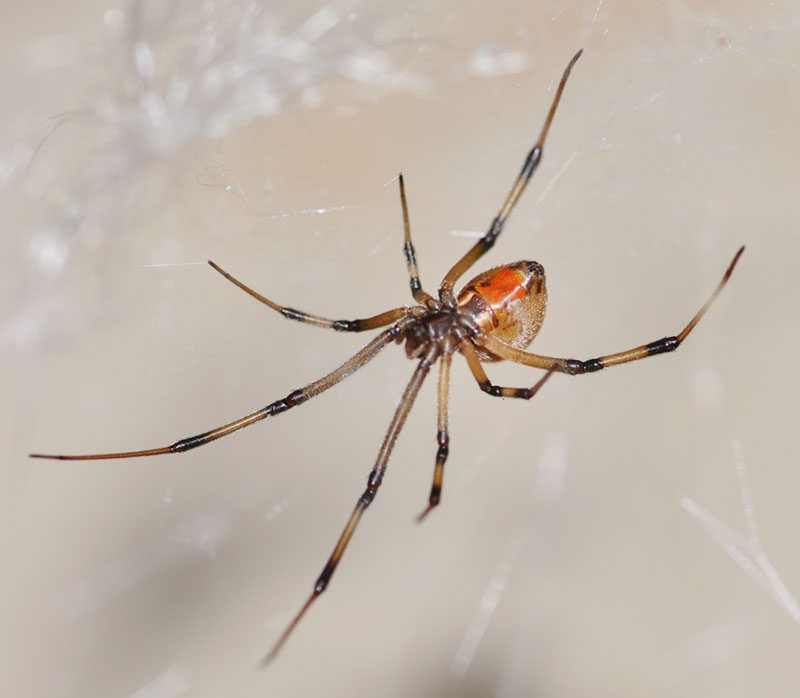 brown widow (Latrodectusometricus) ដែលត្រូវបានគេស្គាល់ផងដែរថាជា gray widow or geometric spider, is a species of araneomorphic spider in the family Theridiidae within the genus Latrodectus that contains species known as “widow spiders”, including the best known Black Widow.
brown widow (Latrodectusometricus) ដែលត្រូវបានគេស្គាល់ផងដែរថាជា gray widow or geometric spider, is a species of araneomorphic spider in the family Theridiidae within the genus Latrodectus that contains species known as “widow spiders”, including the best known Black Widow.
The brown widow is a cosmopolitan species that can be found in different parts of the world, but some scientists believe it originated in South Africa. They are more common in tropical areas and buildings. It has been seen in many areas of the United States, Central and South America, Africa, Asia, Australia, and some Caribbean islands.



